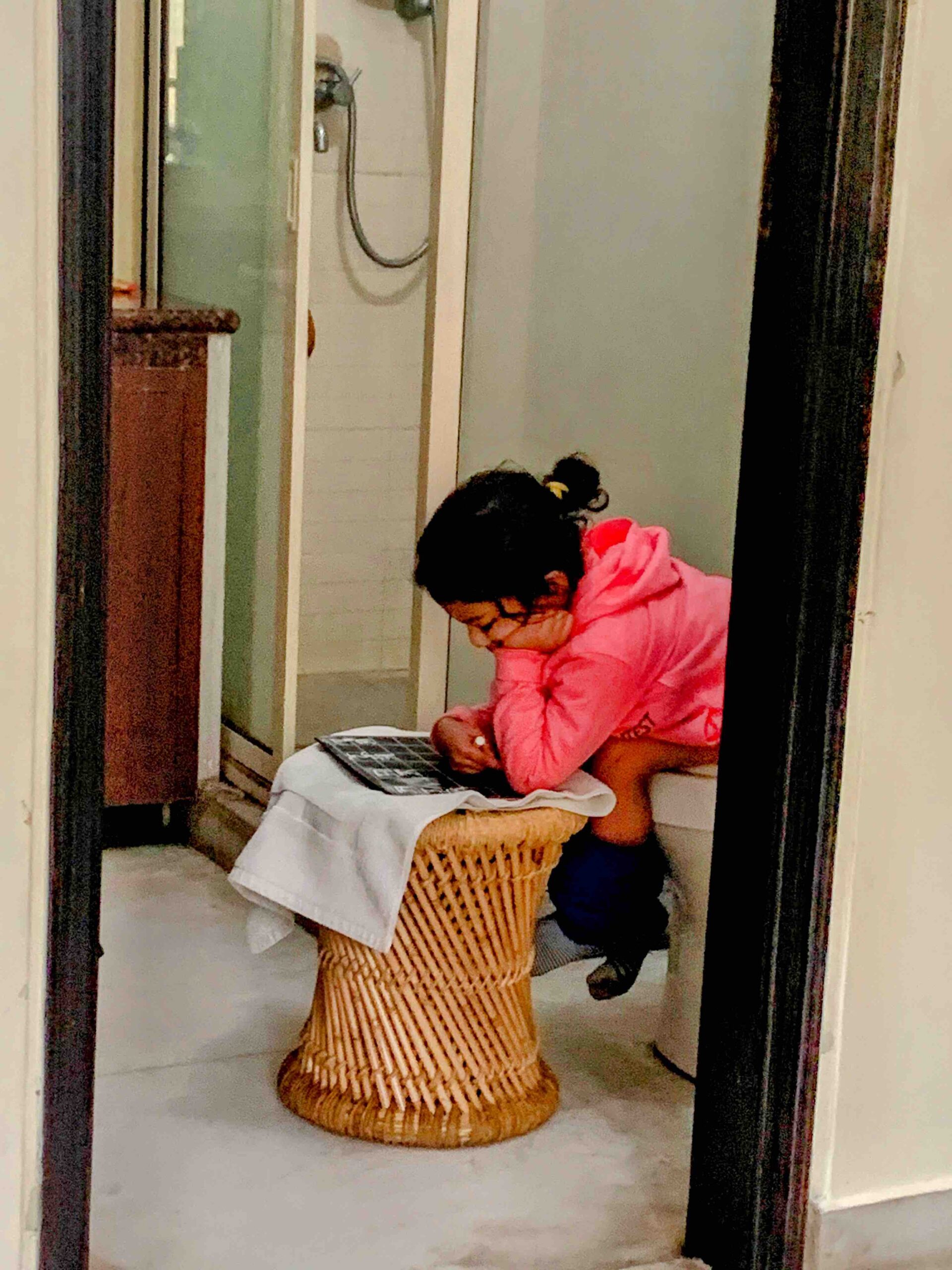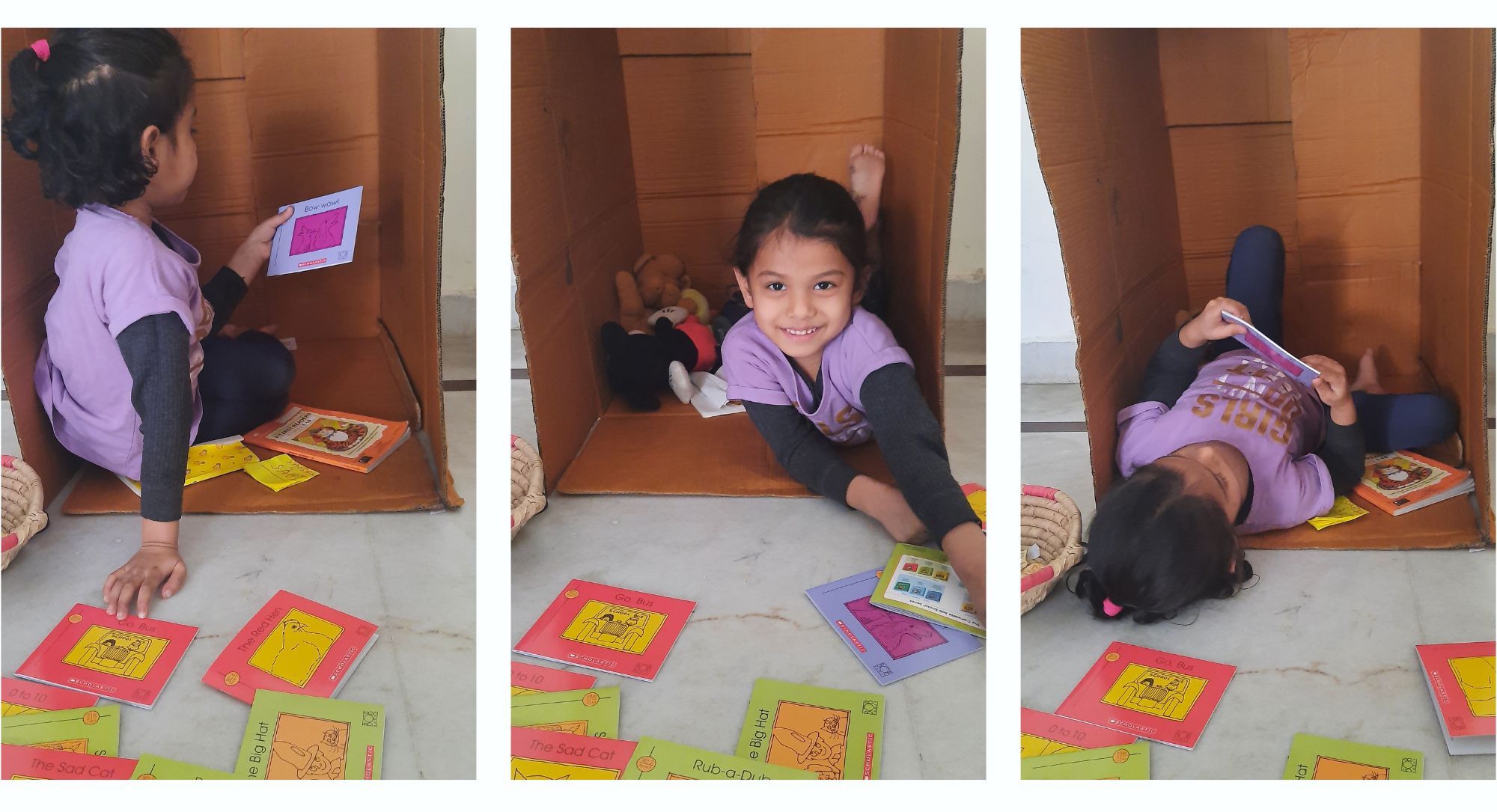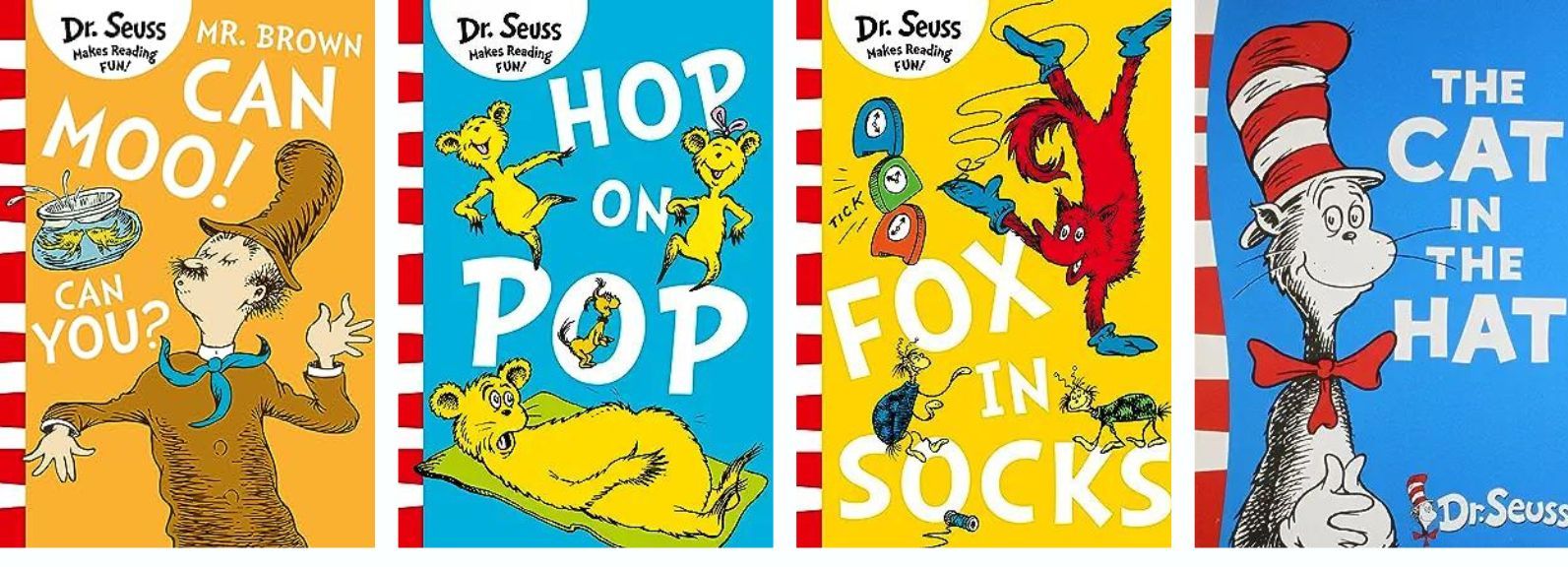
How to Teach Reading to Preschoolers (Age 3-5)
Co-authored with Ritvvij Parrikh.
We’ve always supported Sabi’s quest to cultivate a reading habit. From her early days in daycare and kindergarten, she made strides in language acquisition. However, the pandemic lockdowns shifted education online, and her progress slowed.
In this article, we’ll discuss Sabi’s reading evolution, from her exposure to phonics to her mastery of intricate words. We’ll also highlight the invaluable tools and obstacles we encountered along the way.
Months 1-8: Focus on Phonics
Sabi’s formal reading journey began at age 4 with the Fitzroy book series, which introduced alphabets and corresponding sounds systematically. This step-by-step approach solidified her grasp of phonics.
We supplemented Fitzroy with the Khan Academy Kids app, featuring characters like Kodi that articulated sounds. Regular repetition bolstered her phonemic discernment.
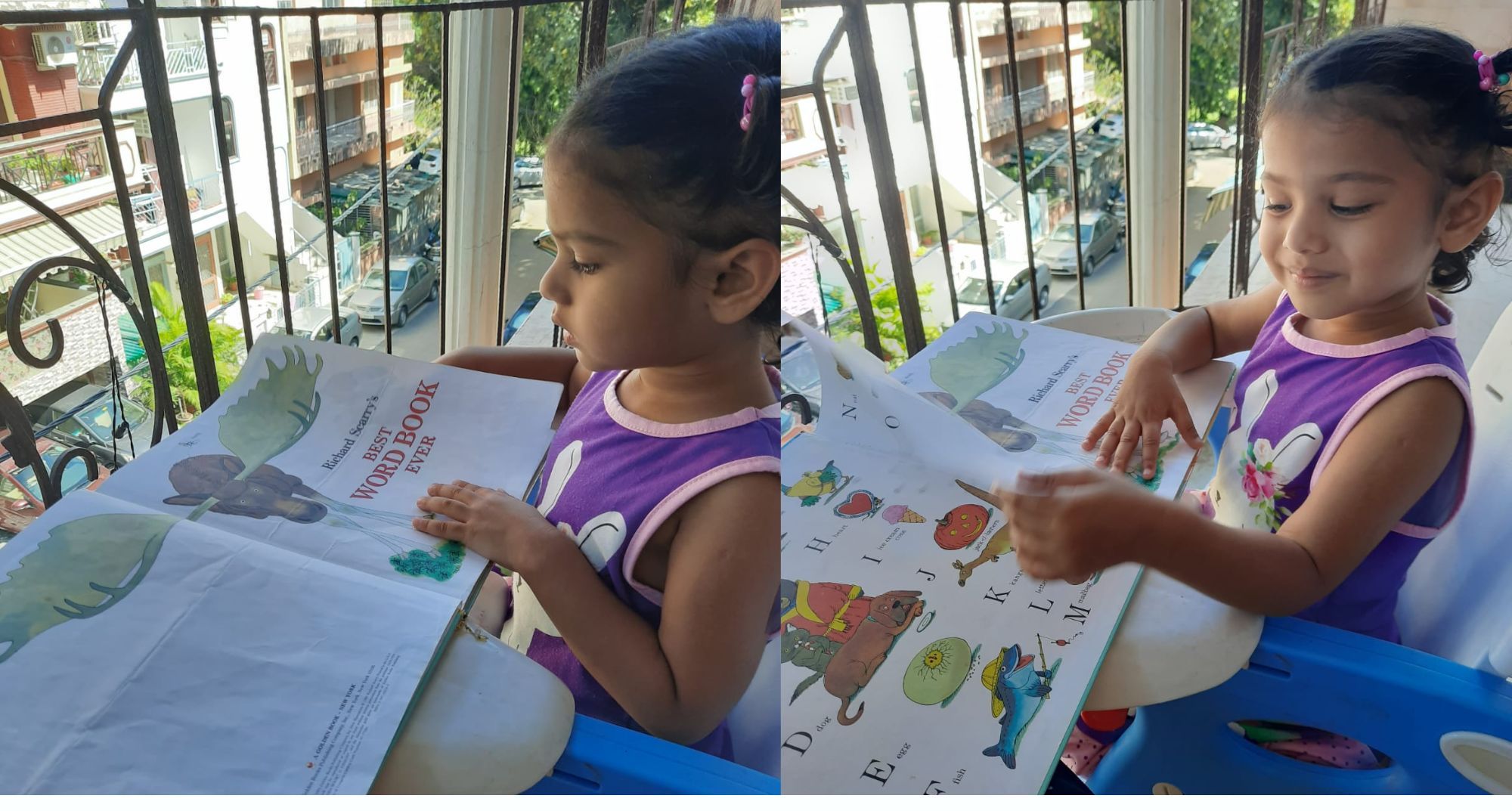
Sabi effortlessly grasped basic sounds like ‘m,’ ‘b,’ and ‘d’. However, bledning sounds, especially complex pairings such as ‘c&h’ and ‘s&h,’ took her longer. The concept of blending sounds was challenging for her.
Enter Mumma Mam
Grasping phonics wasn’t smooth sailing for Sabi. During a challenging phase, we introduced the character of “Mumma Mam” to make learning more engaging and maintain a positive environment.
‘Mumma’ is jovial and warm-hearted figure. But at 5 pm every day, she would don glasses and a headgear, transforming into “Mumma Mam.” Three-year-old Sabi would concentrate on her lessons during Mumma Mam’s presence.
Once the 30-minute session concluded, ‘Mumma Mam’ would revert to conversing with ‘Mumma’.
Months later, Sabi suddenly grasped blending sounds, leading to a noticeable leap in her reading capability. Her newfound understanding allowed her to proficiently join words and identify phonetic patterns.

The English Conundrum
As Sabi advanced, she encountered the peculiarities of the English language, like phonetic inconsistencies. For instance, she pronounced “gender” as “gen-der” and “island” as “is-land.” This added another layer of complexity.
To make learning more interactive, we played Scrabble with her.
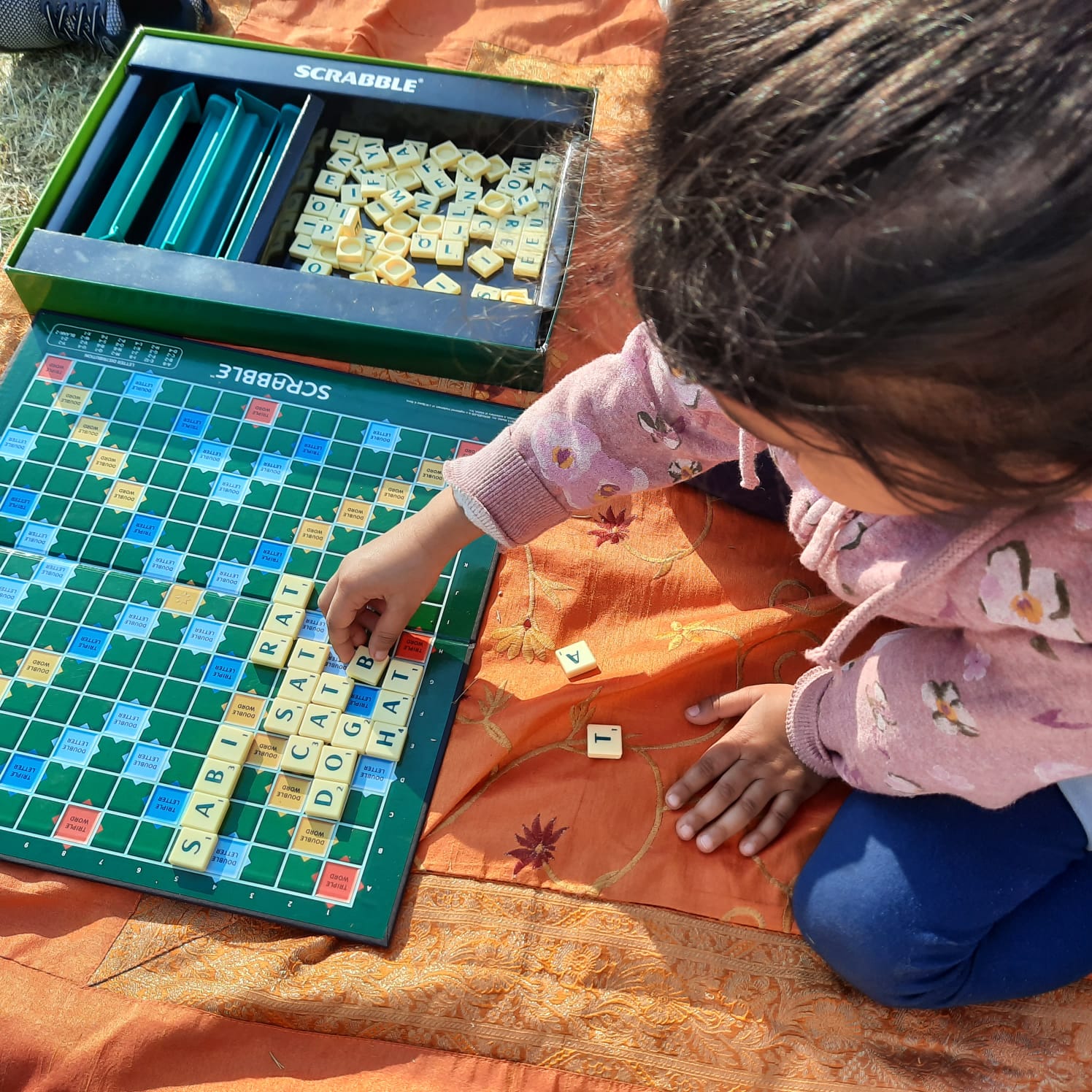
Months 9-12: “Read Out Aloud” with Epic Books
We introduced Sabi to Epic Books, a platform with read-aloud stories. The books were visually appealing, with narrations that emphasized each word. This audiovisual combination strengthened Sabi’s language comprehension.
Over the months from July to October, Sabi devoted 1-2 hours each day to Epic Books, culminating in 225 hours and 2095 short books completed.
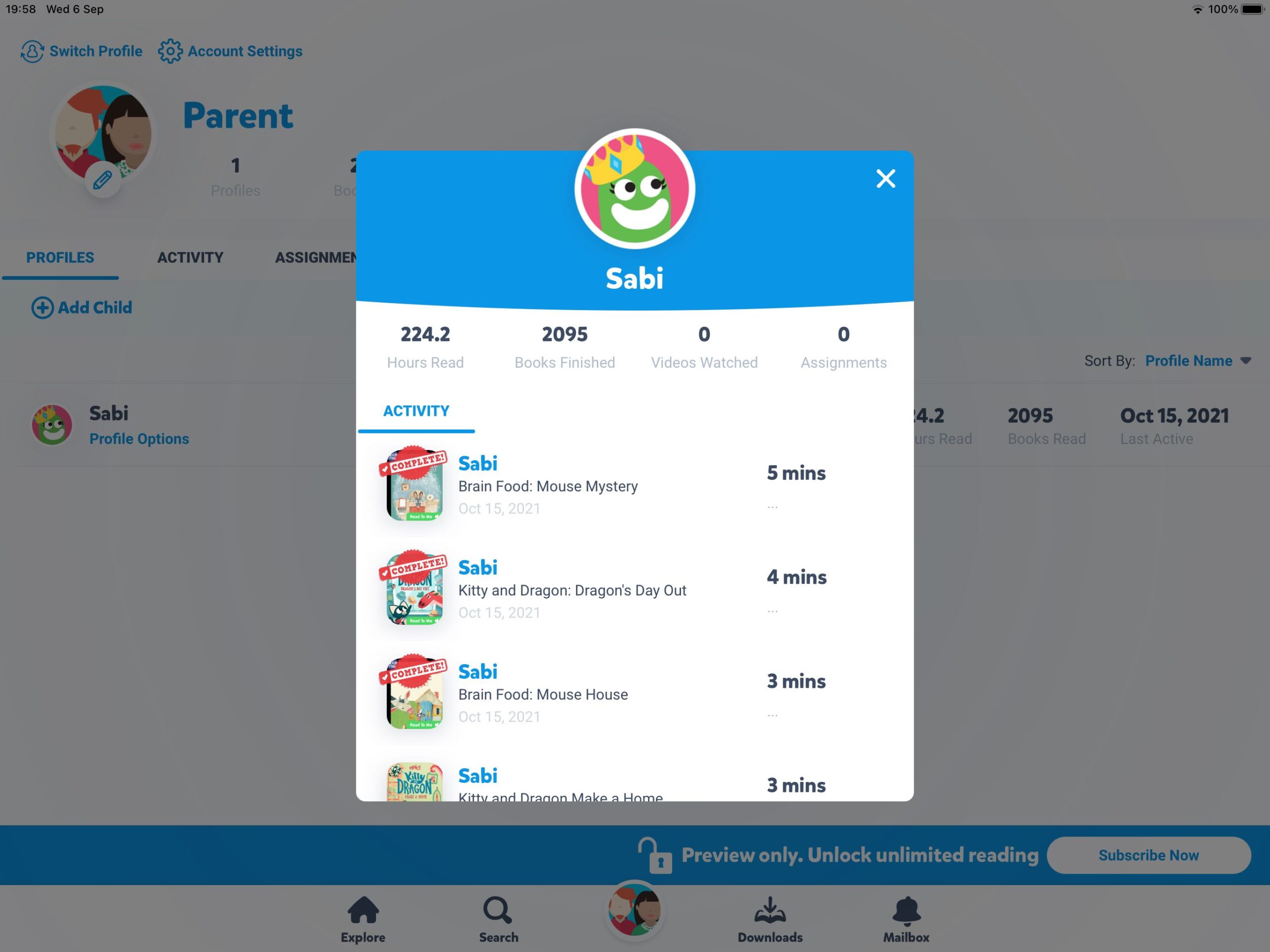
Reading Parties 🥳 🎉
With Sabi’s phonics foundation in place, we wanted to nurture her love of reading. Every evening, we held reading parties, sometimes including family members, either over a call or at the park.
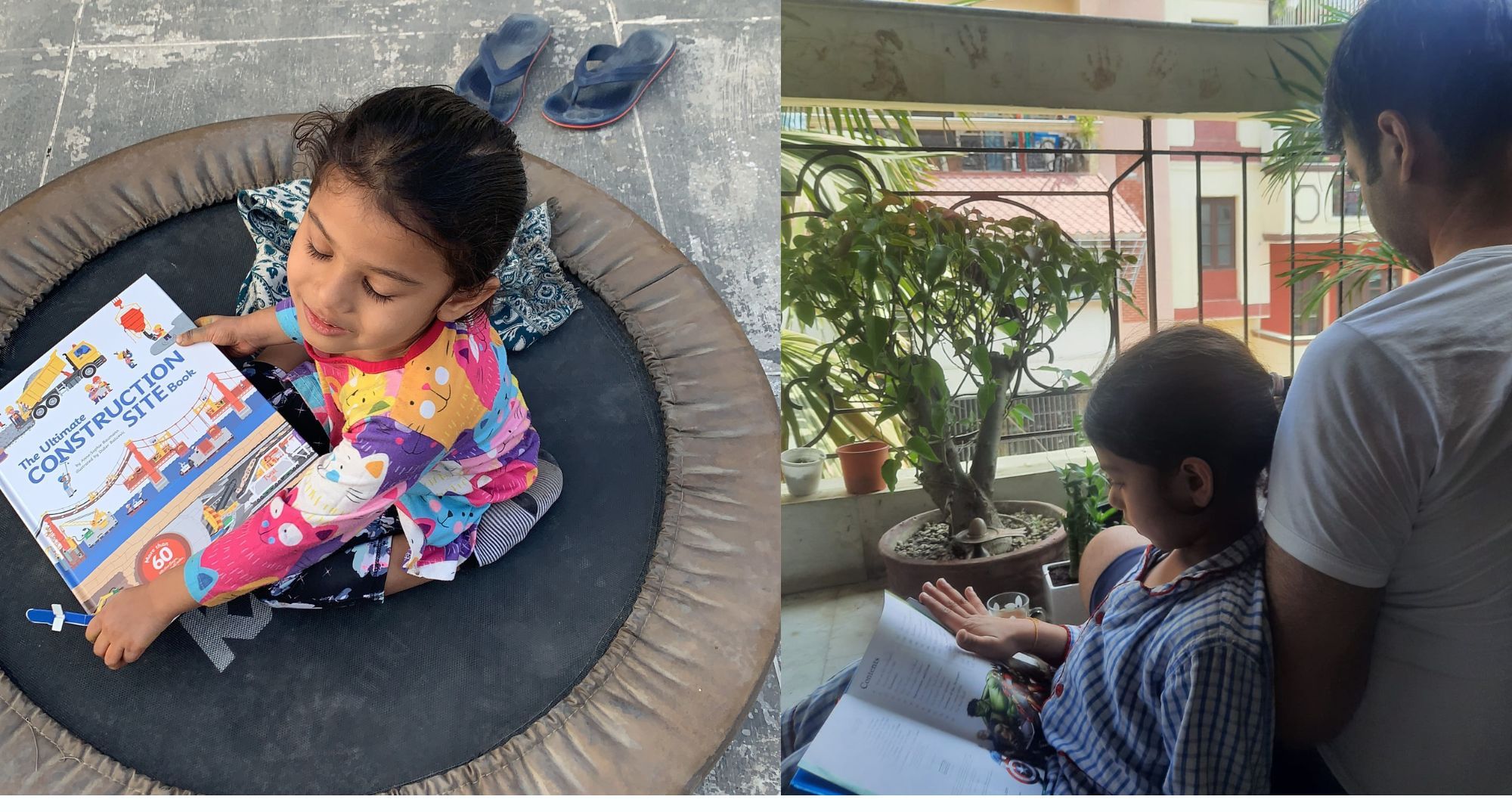

Transition to Physical Books
Sabi became preoccupied with her iPad, using it more for leisure than learning. She’d often get sidetracked and end up watching cartoons on YouTube. Recognizing this, we decided to steer her back to tangible books.
Piggie and Gerald
Sabi developed a real passion for reading with the Piggie and Gerald books. They’re simple like the Bob Books but touch on real-life topics like friendship and emotions. She loved the characters’ appearance and personalities, and the writing style encouraged her to play with her voice when reading aloud.
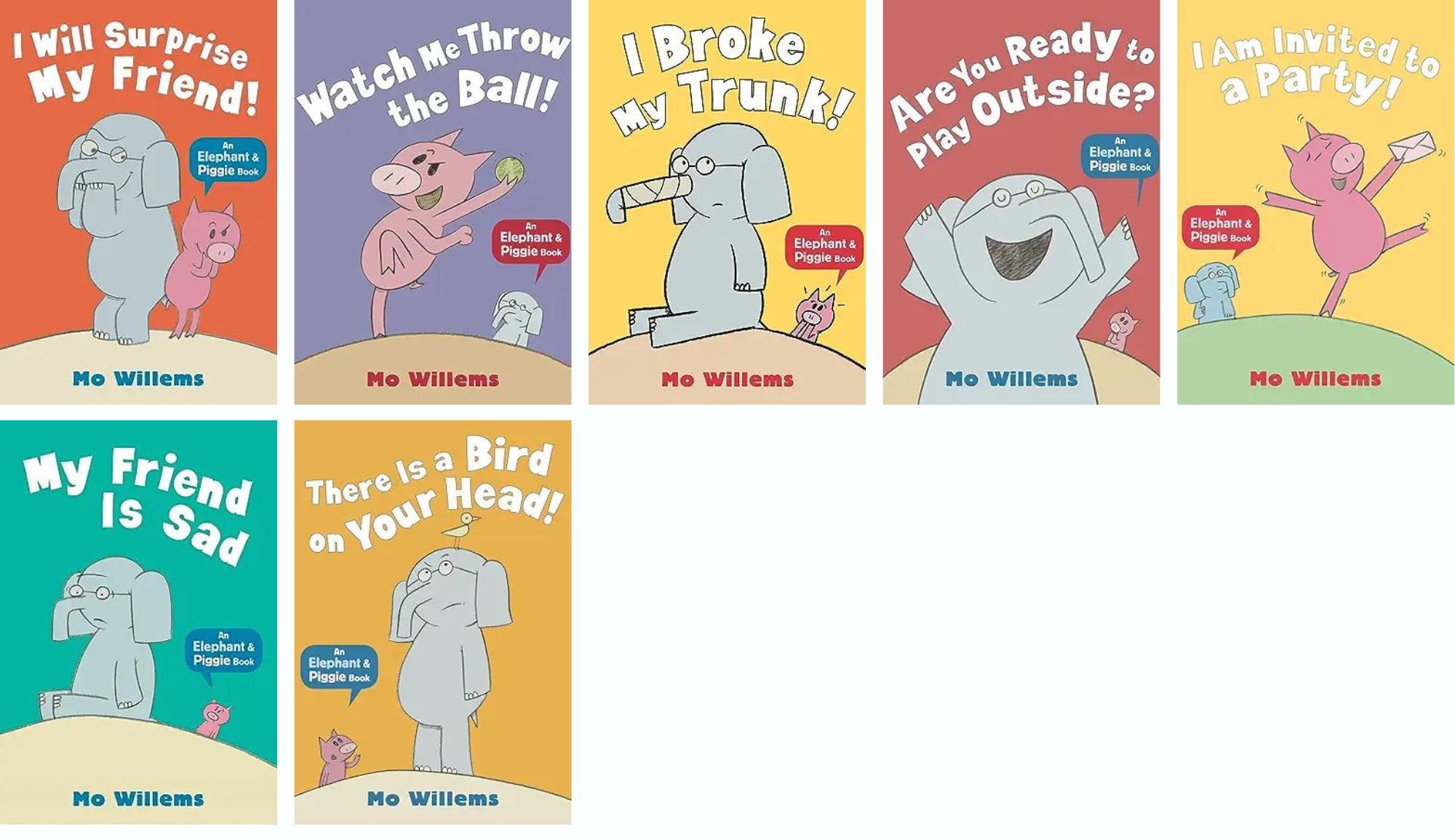
 Copied
CopiedRead It Yourself with Ladybird
When Sabi turned 4, we introduced her to the Ladybird “Read It Yourself” Series, Levels 1 and 2. At first, the longer, non-rhyming sentences were challenging for her. But with repeated readings, she mastered them and read all the books by herself.


 Copied
CopiedThe “US Borne” Series
From this series, we chose 15 books that helped Sabi achieve a reading proficiency slightly more advanced than the Ladybird series.
A Classic Case of Dr. Seuss
Disney Classics
Sabi received Disney Classics books as a gift from her aunt. They were more challenging for her age group, with big words and long sentences. Still, we read them to her, pointing to each word as we went.
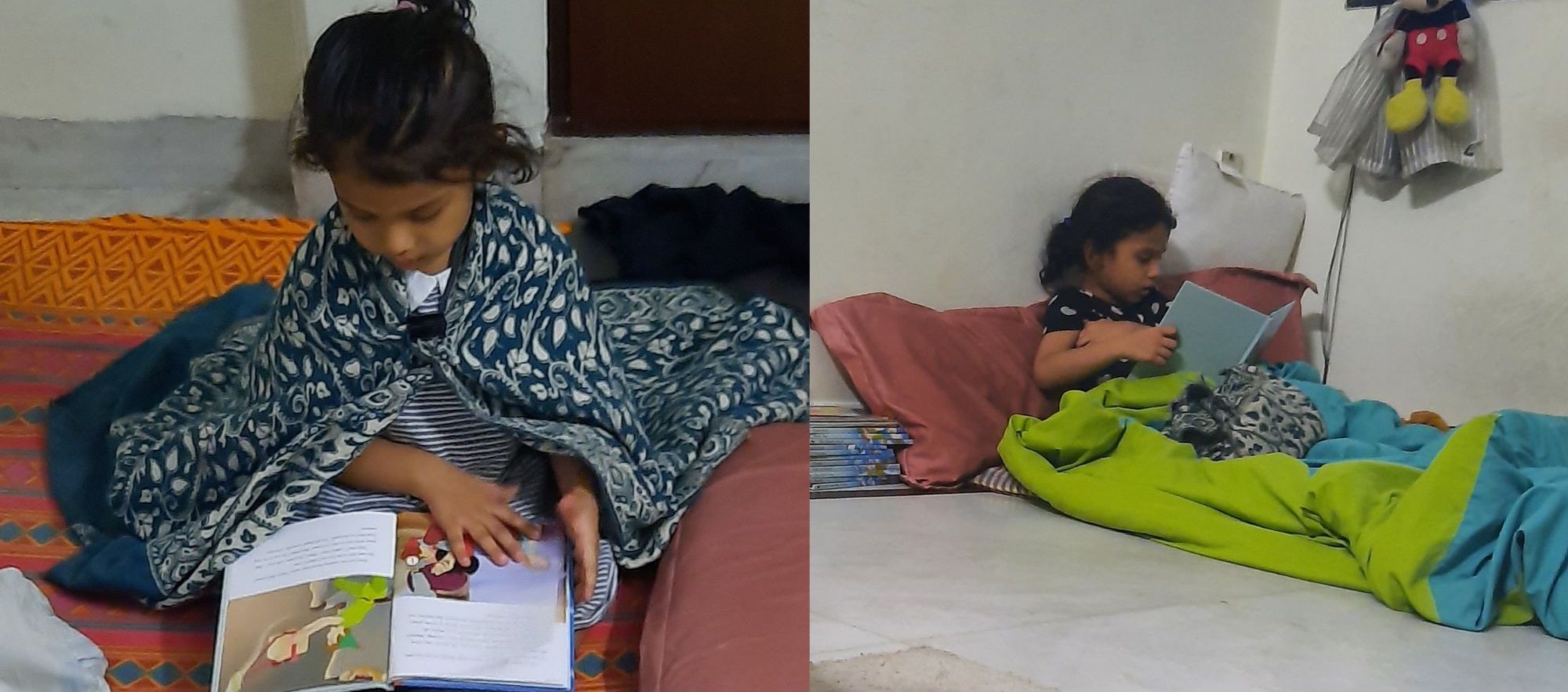
 Copied
CopiedBy May 2021, Sabi was confidently reading beginner-level books. She was so engrossed in her reading that she would sometimes pick up a book even when it wasn’t the right time. 🙈🙉🙊
